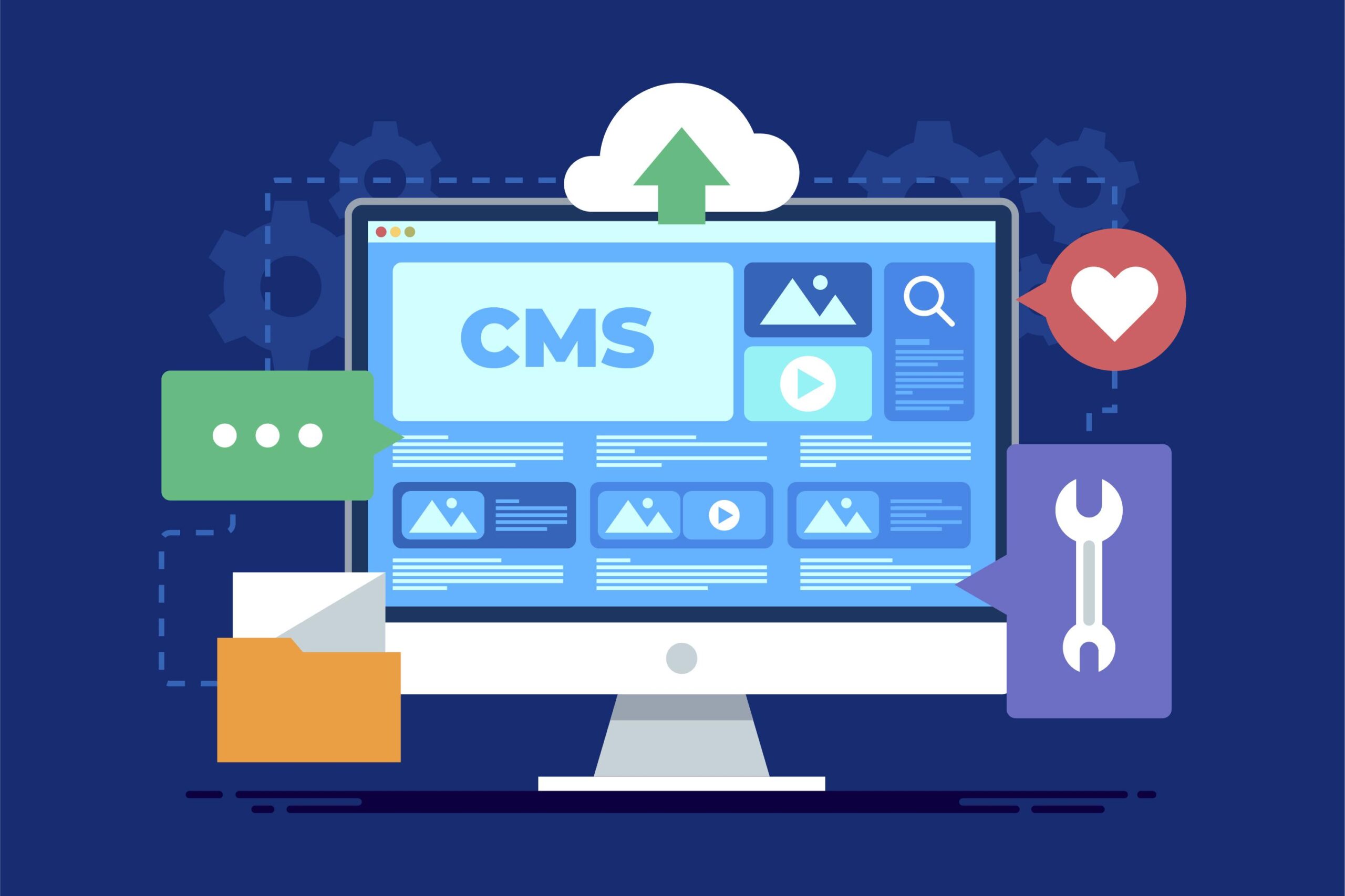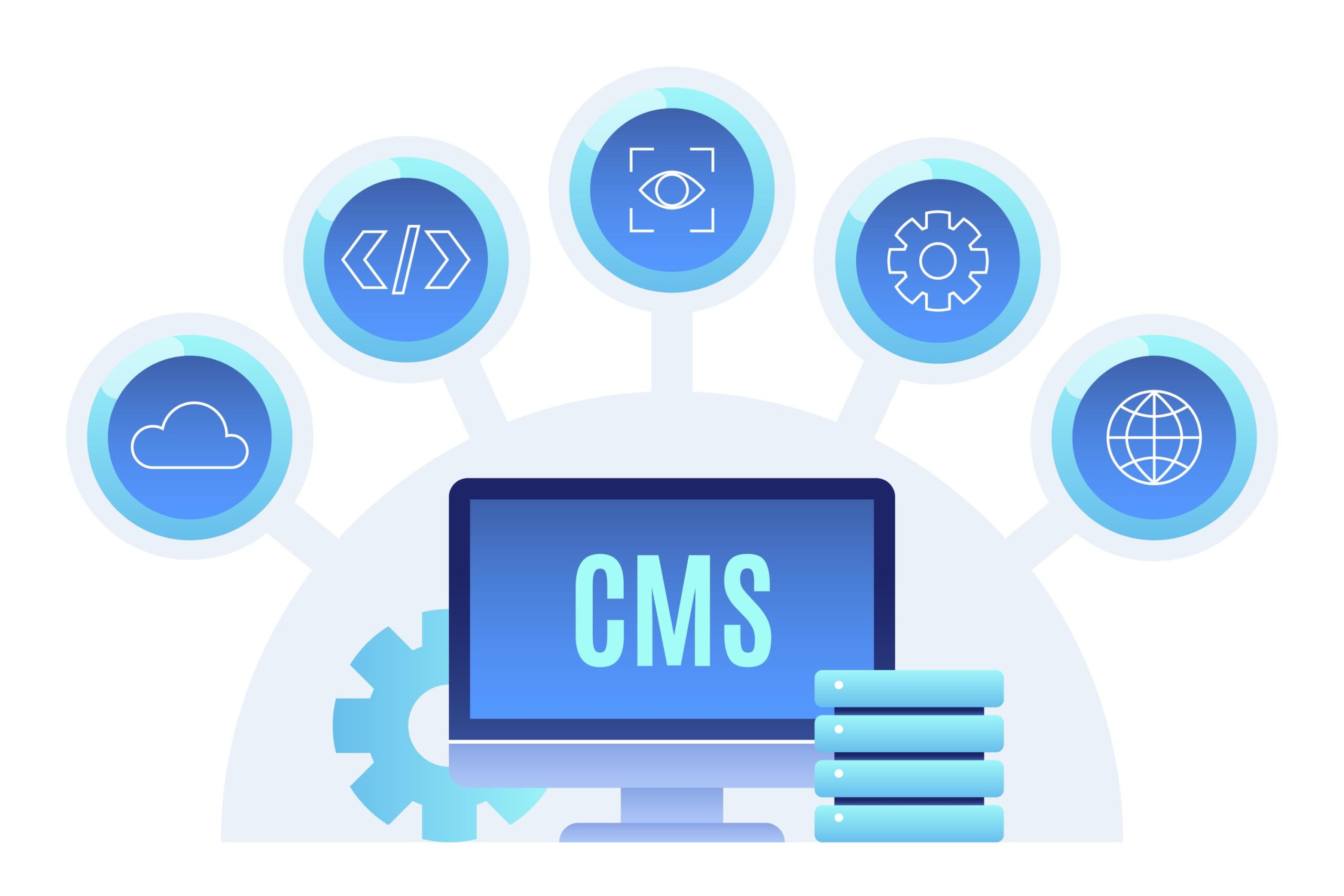Static websites have gained popularity due to their simplicity, fast performance, and ease of maintenance. Static website management involves understanding the concept of static sites and utilizing static site CMSs (Content Management Systems) to efficiently create and manage these websites. In this article, we will delve into the key areas of study in static website management, including the understanding of static site CMSs and exploring the different types of static site CMSs available.
What is a Static Site CMS?
A static site CMS is a software application or framework designed to facilitate the creation and management of static websites. Unlike traditional CMSs that dynamically generate web pages on the server, static site CMSs generate web pages during the development process and serve them as-is to the visitors. This eliminates the need for server-side processing and database queries, resulting in faster page loading times.
When studying static site management, it is crucial to understand the core features and benefits of a static site CMS. These may include intuitive content editing interfaces, version control for content, support for reusable templates, easy deployment workflows, and the ability to integrate with various static site generators.
Types of Static Site CMSs:
There are various static site CMSs available, each offering different features, functionalities, and workflows. It is important to study the different types of static site CMSs to choose the one that aligns with your specific needs and preferences. Here are some common types:
- File-based CMS: These CMSs manage content as files stored in a directory structure. They usually utilize plain text files, Markdown, or other lightweight markup languages to store content. Examples include Grav, Jekyll, and Hugo.
- Headless CMS: Headless CMSs provide a content management interface, but they separate the content creation and storage from the presentation layer. They typically offer an API that allows developers to retrieve content and build custom front-end applications. Examples include Contentful, Strapi, and Ghost.
- Git-based CMS: These CMSs leverage Git, a version control system, to manage content. Content is stored in a Git repository, allowing easy collaboration, versioning, and rollback capabilities. Examples include Netlify CMS and Forestry.
- API-driven CMS: API-driven CMSs store content in a database and provide a RESTful API to access and manage content. They offer flexibility and scalability by allowing developers to build custom front-end experiences. Examples include Prismic, ButterCMS, and Sanity.
When studying static site management, it is beneficial to explore different types of static site CMSs and assess their features, user interfaces, integration capabilities, and community support to determine which one suits your project requirements. 
Conclusion
Static website management involves understanding the concept of static sites and utilizing static site CMSs to create and manage websites efficiently. By studying static site CMSs and exploring the different types available, you gain insight into the features, workflows, and benefits offered by each CMS. Whether you opt for a file-based CMS, headless CMS, Git-based CMS, or API-driven CMS, a solid understanding of static website management will empower you to build and maintain fast, scalable, and easily maintainable static websites.

